Cranberry Juice: The Real Story Behind the Hype (and How to Buy the Good Stuff)
Let’s talk about cranberry juice. For as long as I can remember, it’s been the go-to home remedy for, well, you-know-what. The advice gets passed around like a secret handshake. But honestly, the real story is so much more interesting than the myths, and the advice you get is often flat-out wrong.
In this article
My goal here isn’t to sell you on a miracle cure. It’s to give you the practical, no-fluff knowledge you need to decide if it’s right for you. We’ll get into the science (without putting you to sleep), figure out how to navigate the confusing juice aisle, and most importantly, talk about who should probably steer clear.
What’s Actually Happening Inside the Berry?
To get why cranberries work, we have to look past the simple vitamin list. The real magic is in their unique chemistry, something experts have been studying for ages. It all boils down to a special class of compounds that are pretty unique to this little red berry.

The Anti-Stick Secret Weapon: A-Type PACs
Lots of plants have antioxidants called proanthocyanidins (or PACs for short). But cranberries are one of the few common foods loaded with a specific kind called A-type PACs. That one letter makes all the difference.
Think of it this way: Nasty bacteria like E. coli are covered in tiny, sticky fingers that they use to grab onto the lining of your bladder. Once they latch on, they can throw a party and start an infection. The A-type PACs in cranberries are like a non-stick coating for those bacterial fingers. They don’t kill the bacteria, but they make it impossible for them to get a grip. So, the bacteria just get flushed out next time you go. This is a HUGE point: it’s a tool for prevention, not a cure for an active infection. If it hurts to pee, call your doctor, period.
The Supporting Cast
While the PACs are the main event, cranberries have a few other goodies:
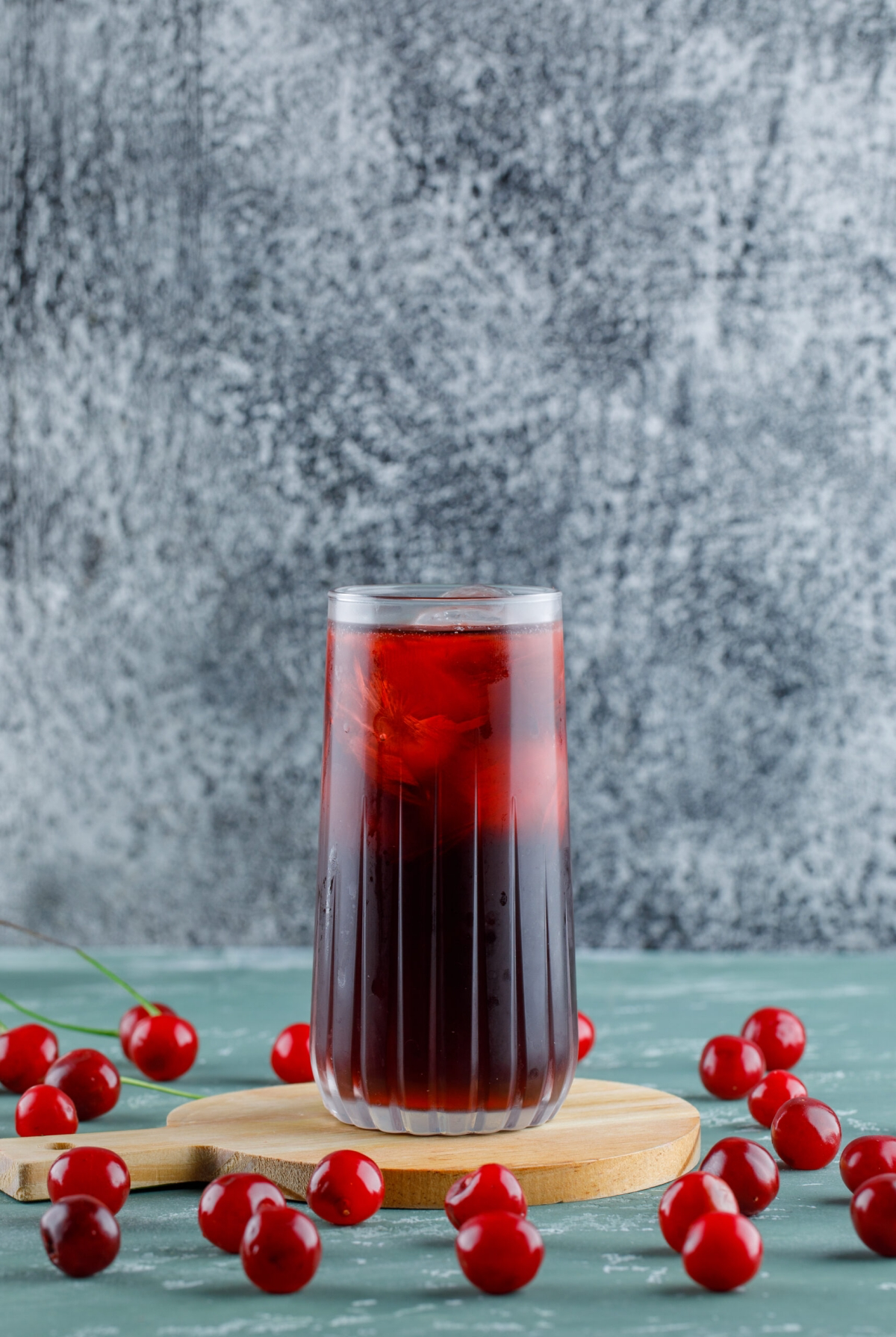
- Quercetin & Myricetin: These are powerful antioxidants that help your body deal with inflammation. Less inflammation is always a good thing.
- Ursolic Acid: Mostly found in the skin, this compound is another inflammation-fighter. You’ll get more of it from eating whole cranberries, by the way.
- Vitamin C: Yes, it has some, but it’s not the Vitamin C powerhouse people think it is. You’ll get way more from a bell pepper or an orange.
- Manganese: This is the most significant mineral in cranberries, and it’s super important for your metabolism and your body’s own antioxidant defenses.
How to Pick a Juice That Actually Works
Alright, let’s head to the grocery store. Walking down the juice aisle is a minefield. This is where most people make a critical mistake. They think they’re doing something healthy, but they’re basically just drinking sugar water.
Juice Cocktail vs. 100% Juice: The Most Important Fight
This is the big one. Most bottles labeled “Cranberry Juice Cocktail” are a complete scam from a health perspective. They typically contain only about 27% actual cranberry juice. The rest? It’s mostly water and high-fructose corn syrup. That massive sugar hit causes more problems than the tiny bit of cranberry could ever solve.
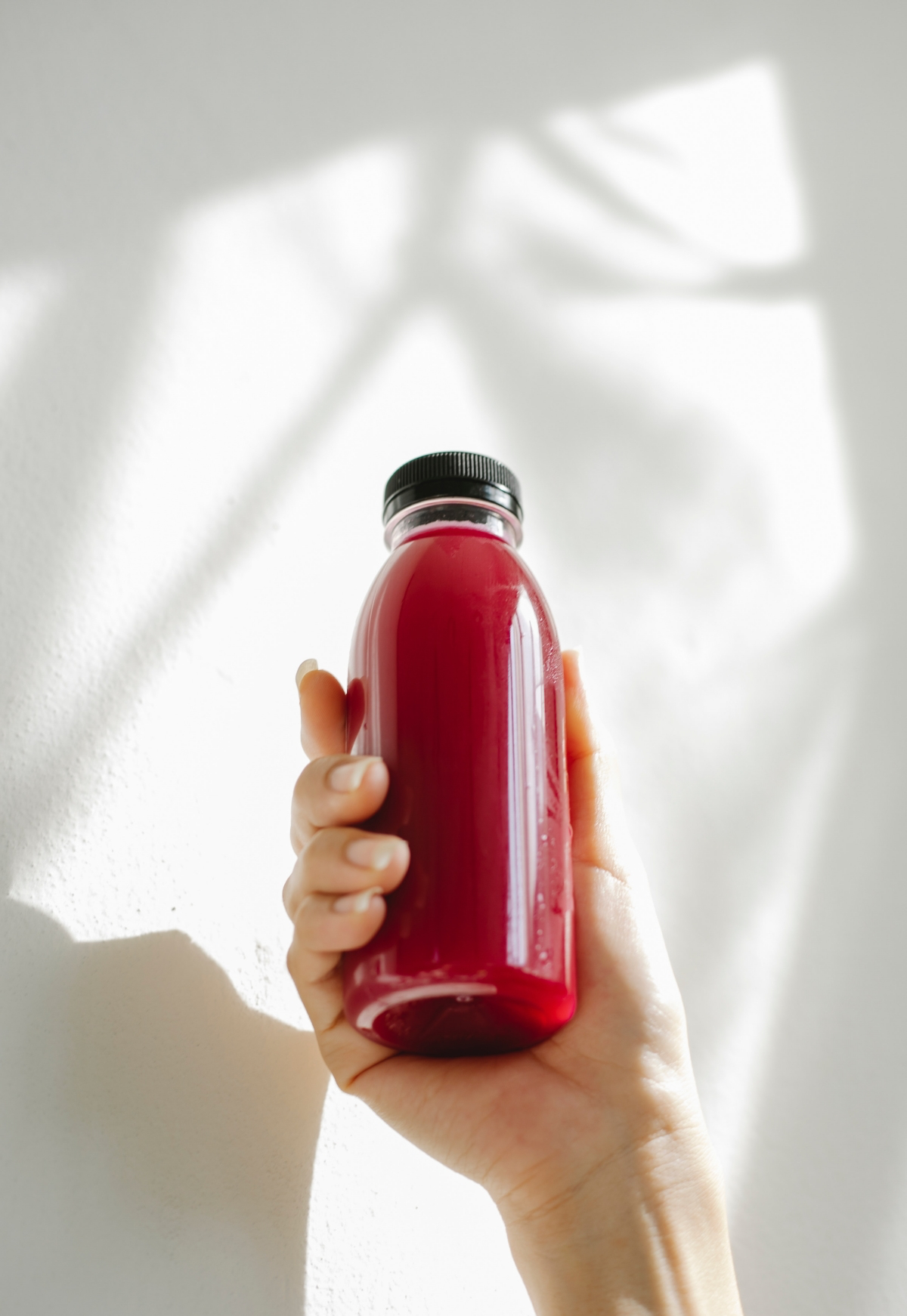
You have to look for a bottle that proudly says “100% Juice.” But even then, turn it around and read the ingredients. Often, it’s a blend of 100% juice, but mostly cheap apple or grape juice with a splash of cranberry. It’s better than a cocktail, but it dilutes the good stuff. For the real benefits, the ingredient list should have one thing on it: cranberries (and maybe water).
Heads up on the price difference. A 32oz bottle of pure, unsweetened juice might run you $7-$9, while a big 64oz jug of the cocktail stuff is only $4. It seems expensive, but if you use the pure stuff like a concentrate (more on that below), that small bottle can last two weeks, making the daily cost pretty similar!
Your Quick Shopping Checklist
To make it easy, here’s what to look for:
- Says “100% Juice” on the front.
- The ingredient list says ONLY “cranberries” or “cranberry juice” (water is okay).
- NO added sugars like sucrose, corn syrup, or even cane sugar.
- If you have the choice, “Not from Concentrate” is generally a less-processed, higher-quality option. You’ll usually find these in the organic or natural foods section of the store.
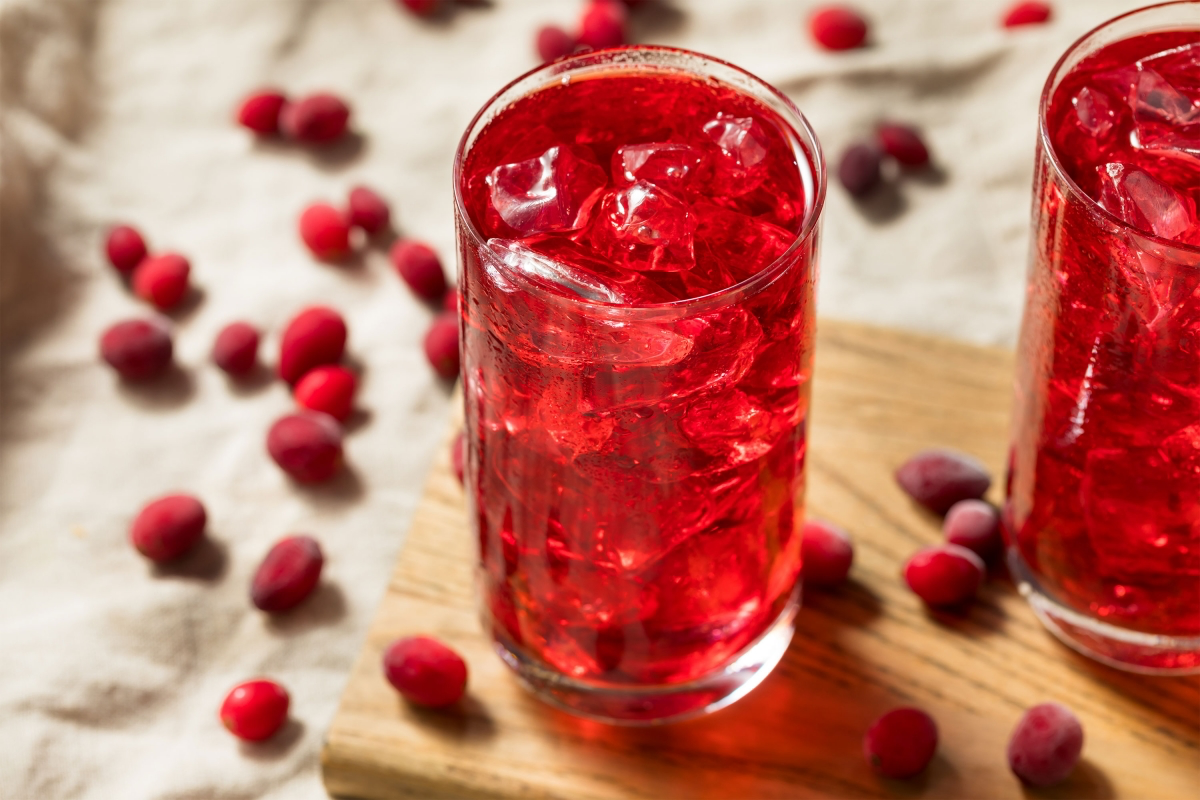
Okay, It’s TART. How Do I Actually Drink This Stuff?
I’m not going to lie to you. The first time I tried 100% pure, unsweetened cranberry juice, my whole face puckered up. It is intensely tart, which is exactly why the sugary versions exist. But that tartness is the taste of authenticity!
The trick is to treat it like a concentrate. Don’t chug a full glass. Here are a few ways to make it enjoyable:
- The Spa Water: Mix 2 ounces of pure cranberry juice into a tall glass of sparkling water. Add a squeeze of fresh lime. It’s surprisingly refreshing.
- The Morning Smoothie Boost: Add 2-3 ounces to your regular morning smoothie. The sweetness from a banana or other fruits will balance it perfectly.
- The Warm Soother: On a cold day, mix 2 ounces of juice with 6 ounces of hot water and a thin slice of ginger. It’s like a healthy, non-alcoholic hot toddy.
Oh, and for the DIY-ers out there, making your own is super easy and budget-friendly. Just boil a 12oz bag of fresh or frozen cranberries with 4 cups of water until they all pop. Mash them up, strain the pulp through a fine-mesh sieve, and you’re done! You get pure juice and can control the sweetness yourself (a tiny bit of stevia or monk fruit works well if you need it).
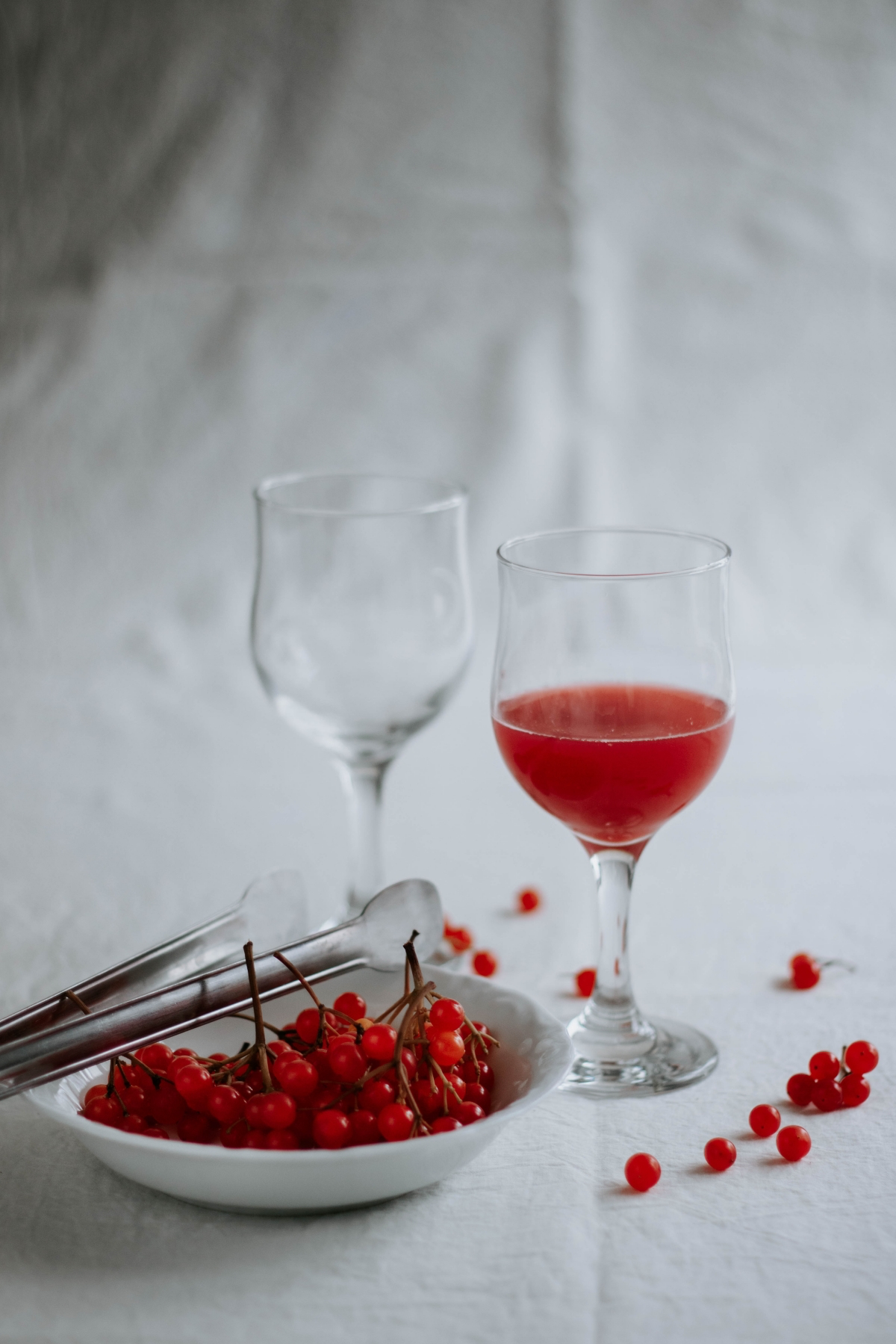
The Big Question: Juice or Pills?
This is a debate a lot of people have. Should you drink the juice or just pop a cranberry supplement? Both have pros and cons, so let’s break it down.
For convenience, pills win, no contest. They’re easy to travel with, have no taste, and take two seconds to swallow. They also contain zero sugar, which is a major plus if you’re watching your carbs or calories.
But when it comes to potency, it gets tricky. The benefit of a high-quality supplement is that it’s often standardized to contain a specific amount of those all-important PACs. This takes the guesswork out of it. The downside is that the supplement world isn’t tightly regulated, so you have to trust the brand. Juice, on the other hand, gives you hydration and a broader range of the plant’s natural phytonutrients, but the PAC concentration can vary from bottle to bottle.
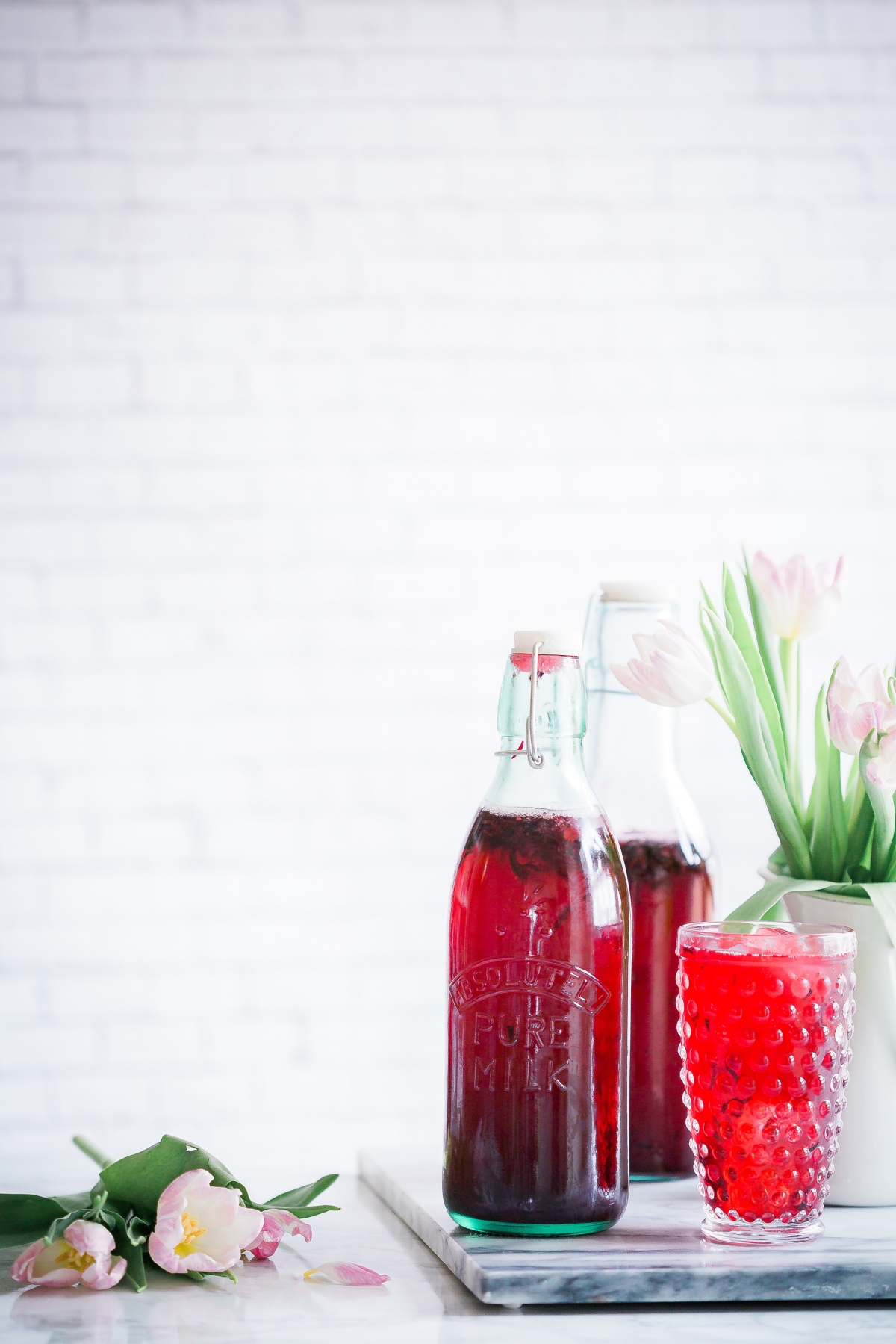
In terms of cost, it can be a wash. You have to compare the cost per dose. A bottle of potent pills might seem expensive upfront but can be cheaper per day than drinking juice. To be frank, the best choice depends on your lifestyle. If you hate the taste or need guaranteed potency, a quality supplement is a great option. If you enjoy the ritual and want the whole-food benefits, pure juice is the way to go.
Clearing Up the Myths
As with any popular health food, there’s a lot of nonsense floating around. Let’s separate fact from fiction.
- Myth: It cures UTIs. We’ve covered this, but it’s worth saying again: NO. It helps prevent them. If you have an infection, you need a doctor, not juice.
- Myth: It prevents cancer. Some lab studies using super-concentrated cranberry extract have shown interesting results on cells in a petri dish. That’s a million miles from proving that drinking juice prevents cancer in a human being. Don’t fall for that one.
- Myth: It’s good for your bones. Nope. Cranberries have tiny, insignificant amounts of calcium. You’d be much better off with leafy greens, dairy, or fortified foods.
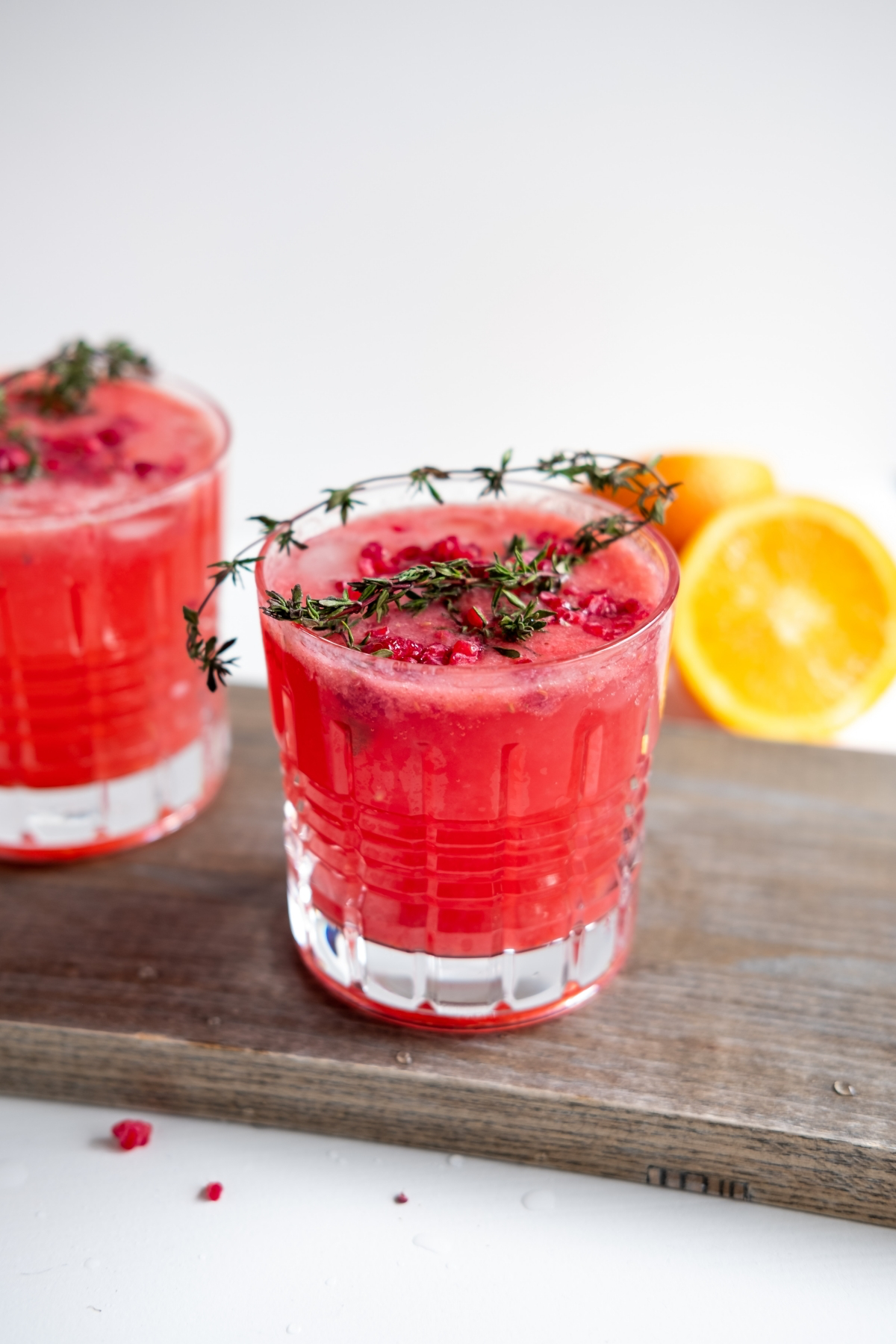
Important: When to Be Cautious
Cranberry juice isn’t for everyone. It’s a powerful tool, and you need to be smart about using it.
1. Blood Thinner Interaction: This is the most critical warning. Cranberry can significantly increase the effects of certain common blood-thinning medications. This can lead to a serious risk of bleeding. If you are on a blood thinner, you must talk to your doctor and pharmacist before even thinking about adding cranberry products to your routine.
2. Kidney Stone Risk: Cranberries are high in compounds called oxalates. For people who are already prone to getting the most common type of kidney stones (calcium oxalate stones), a high intake of cranberry could make things worse. If you have a history of kidney stones, proceed with caution.
3. The Sugar Problem: I sound like a broken record, but it’s important. The sugary cranberry cocktails are terrible for anyone with diabetes, pre-diabetes, or just trying to manage their weight. Stick to the pure, unsweetened stuff.
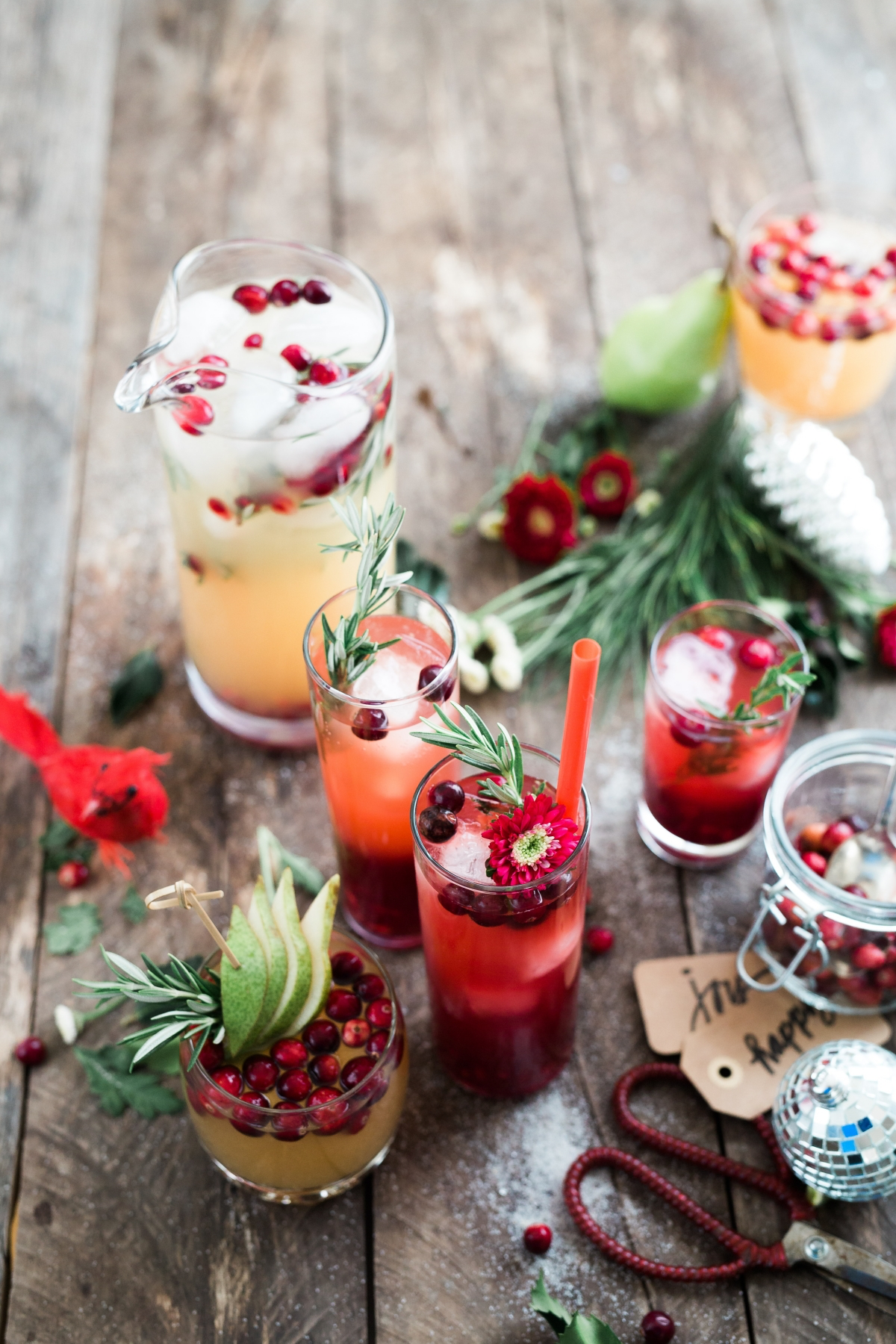
Bottom line? No single food is a magic bullet. Real health comes from your overall diet and lifestyle. Think of pure, unsweetened cranberry juice as a specialized item in your wellness toolkit. It can be incredibly effective for UTI prevention and gut support, but it’s not the whole toolbox.
Inspirational Gallery
Juice Cocktail vs. Pure Juice: The bright red carton of Ocean Spray Cranberry Juice Cocktail contains only about 27% cranberry juice, with the rest being water and high-fructose corn syrup. For the health benefits without the sugar rush, look for 100% unsweetened juice from brands like R.W. Knudsen or Lakewood. The taste is intensely tart, but it’s the real deal.
It takes approximately 400 cranberries to make just one 8-ounce glass of pure cranberry juice.
This concentration is why choosing a high-quality, unsweetened juice is so important. You’re getting the essence of thousands of berries, and you want to ensure the powerful PACs haven’t been diluted with sugar and water or overpowered by other fruit juices like apple or grape.
Finding pure cranberry juice too intense? Don’t give up. A simple splash can elevate your daily hydration and make the tartness enjoyable.
- Mix one part cranberry juice with four parts sparkling water and a squeeze of fresh lime.
- Add a tablespoon to your favorite green smoothie for a tart kick.
- Stir a small amount into plain yogurt with a drizzle of honey.
Can’t find pure juice or want to avoid plastic bottles?
Making your own cranberry base is surprisingly simple. Gently simmer one 12-ounce bag of fresh or frozen cranberries with 4 cups of water for about 15 minutes, until the berries pop. Strain the mixture through a fine-mesh sieve, pressing the solids to extract all the liquid. You’ll be left with a potent, unsweetened concentrate to store in the fridge and dilute as needed.
A note on storage: Once opened, even shelf-stable pure cranberry juice should be refrigerated. Its potent antioxidants can degrade when exposed to air and light. For best quality and potency, aim to finish the bottle within 7 to 10 days of opening it.
- Lessens the risk of certain stomach ulcers.
- Supports a healthy gut microbiome.
- Helps manage cholesterol levels.
The connection? The same polyphenols and PACs that help your urinary tract also have beneficial effects throughout your digestive system, showcasing the berry’s whole-body potential beyond its most famous use.
A 2021 meta-analysis confirmed that cranberry products can reduce the incidence of recurrent UTIs in women by over 25%.
For those who find the juice too caloric or tart, this is great news. Cranberry extract capsules, like those from TheraCran or Utiva, offer a concentrated dose of PACs without any sugar, providing a practical daily option for prevention.
The vibrant, non-alcoholic
Heads-up for some: While beneficial for many, cranberry juice can interact with the blood-thinning medication Warfarin, potentially increasing its effects. Those with a history of oxalate kidney stones may also be advised to consume it in moderation. When in doubt, a quick chat with your doctor is always the best course of action.
Long before it was a mixer or a remedy in a bottle, the cranberry, or ‘sasapanesh’ to the Algonquin people, was a vital resource. Native American tribes used it not just for food but also as a natural dye for textiles and as a poultice for dressing wounds, recognizing its powerful properties for centuries.










